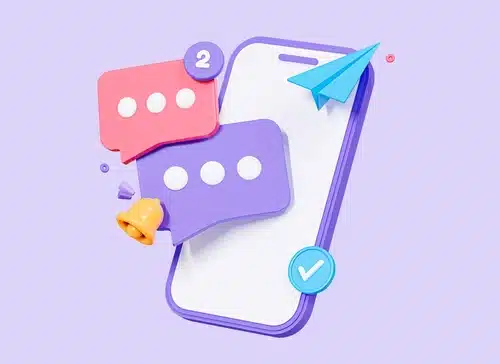
What do Nike, McDonald’s, Apple, Coca-Cola, and Ford all have in common? Iconic logos!
The minute you see the “Swoosh” on a billboard or a sneaker, you know it’s Nike. Similarly, the legendary red and white Coca-Cola wordmark is recognized by more than 94% of the world’s population.
Businesses of all sizes rely on logos as the cornerstone of their branding strategy. However, creating a logo isn’t an easy task. It requires time, a lot of effort, and the expertise of branding professionals and designers.
Without a logo or a semblance of brand strategy, your company will have trouble standing out from the competition.
3 Critical Reasons Why Your Brand Needs a Logo
1. Brand Identity
Your logo is a core component of your brand’s identity. As defined by Investopedia, a brand identity is “the visible elements of a brand, such as color, design, and logo, that identify and distinguish the brand in consumers’ minds.”
It only takes 0.05 seconds for a customer to develop a first impression of your brand. Choosing your logo wisely will help create a lasting, memorable first impression of your brand’s identity for new and future customers.
2. Brand Recognition
Within milliseconds of seeing the golden arches, we can identify McDonald’s signature logo and brand. This rapid recall is known as brand recognition.
All elements of a brand’s identity, including the logo, must work together to strengthen the instant recognition of the company. On average, it takes 5 to 7 impressions for customers to remember a brand. The stronger and more identifiable your logo is, the shorter the recall time!
3. Brand Reputation
While colors and font choice are key elements of a branding strategy, a company’s logo is also tied to their reputation. A brand’s image and reputation are what drives consumer action.
Customers look for brands to display their values, be transparent, and live up to the promised expectations. As a result, the company’s logo becomes a symbol of that promise to customers.
With this in mind, it’s imperative to select a logo that aligns with your company values, products/services, and mission.
6 Helpful Tips for Designing a Strong Logo
1. Do the Research
Many companies make the mistake of designing a logo based on personal preferences or desires. But remember to keep the target market in mind!
Research your industry and see what the competition’s logos look like. Ask yourself questions like:
- What is the competition doing that’s working?
- What could your logo do better?
- Does a particular design resonate more with consumers?
The more market research you have to reference, the better your logo will be.
2. Define Your Brand Identity
Before meeting with a designer, it’s best to have a general idea of what you want from your brand identity.
Start by selecting a range of colors, fonts, shapes, and symbols. And choose wisely! Studies have found that brands using a signature color can increase brand recognition by 80%.
Your logo and brand identity can even be centered around a wordmark as Coca-Cola or 1-800-FLOWERS do.
From here, your designer can create a multitude of options using these parameters as a foundation.
3. Consider Your Core Values
When designing a logo, it’s important to consider the message it sends to existing and new customers.
Think back to your core values and mission statement throughout the design process. If a particular iteration of a logo concept doesn’t align with your values and company goals, scrap it!
4. Consider Where Your Logo Will Live
Your logo will be used everywhere.
Business cards, Instagram, merchandise, product packaging, websites. The list goes on and on.
When designing a logo, make sure its appearance will easily translate to multiple physical and online mediums. For instance, super-thin lines may look great on a laptop screen but will be drowned out when embroidered on a shirt.
5. Don’t Go Overboard
Yes, your logo has to communicate a lot, but if you go overboard and try to create an art piece, it will only work to confuse and deter potential customers.
Listen to the feedback from your design and marketing teams. They’ll know what your target market looks for in a logo, from the symbols to the colors.
6. Ask for Customer Feedback
Once you’ve got a few logo concepts solidified, seek out the feedback of your target audience.
Ask them about their first impressions of the logos, what message each logo concept sends, and other questions related to the brand identity.
Use their feedback and suggestions to finalize your logo design. To be safe, consider doing another round of customer insight before sharing the logo with the world.
Once your new logo is finalized, incorporate it into your marketing plan. From your local SEO efforts to paid advertising campaigns, make sure your new logo is displayed prominently and proudly.












